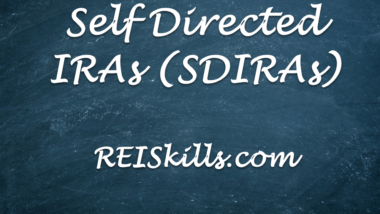The IRS prohibits borrowing money from a self-directed IRA, but there are some ways to get short-term access to funds:
-
Rollover ruleMove funds to a different retirement account for up to 60 days.However, if you don’t repay the funds on time, you could lose the tax-advantaged status of the account and face penalties.
-
Non-recourse loanThis is the only type of financing allowed for a self-directed IRA. In a non-recourse loan, the lender can’t pursue the borrower personally if the borrower defaults. The lender can only use collateral from within the IRA to recover their losses. See Non-Recourse Lending in Your IRA
Here are some other ways to use a self-directed IRA to leverage funds:
- Borrow from a private party,
- Get seller financing, and
- Enter into a lease-purchase or contract-for-deed transaction.
If you’re considering lending money to someone using their self-directed IRA, you can:
- Set up terms and conditions for the loan, including the amount, repayment period, interest, and fees
- Consider requiring collateral to protect against default
- Have an attorney review your documents
- Make sure the check or wire transfer is made out to the IRA, not to the borrower
- Ensure the borrower maintains enough liquidity in their IRA to make payments



